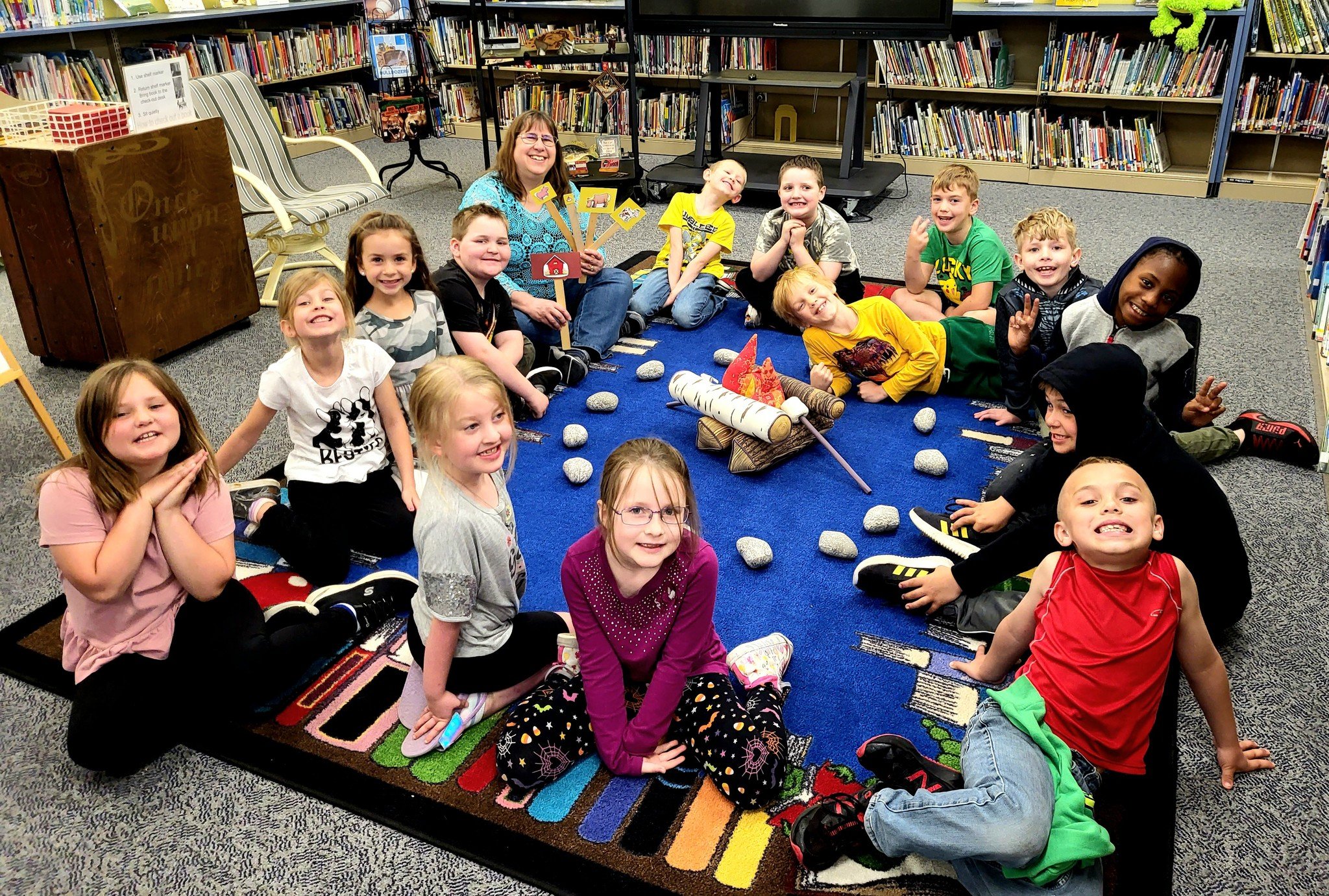
Our Plan
Our district is committed to solving today’s challenges so WDC students can build a legacy, one student at a time, for generations to come.

Question One - An operating levy to support student learning
Question One seeks to authorize a new operating levy of $790 per student. If approved, the levy would provide $935,636 annually for our district’s general fund for a 10-year term.
-
Our district’s competitiveness and ability to adapt to growing enrollment depend on our passionate and talented staff. Question One would strengthen our district’s general fund over the next decade to ensure we have the staff to protect small class sizes and provide personalized academic support to all students who need it.
-
Technology, books, and classroom supplies are critical resources for all students. Question One would strengthen our district’s ability to pay for the materials needed to support our growing enrollment and that inadequate state funding for education cannot cover.
-
Across Minnesota, many districts are cutting their budgets due to lower state funding for education. The proposed operating levy would help insulate our district against these financial pressures and prevent cuts to our operating budget.
-
Over the last few years, COVID-relief funds have enabled our district to invest in academic interventionists and support our successful REACH program. As those funds expire, Question One would provide the support needed to protect these resources for students without cuts to other school services.
How would Question One impact student learning?
If voters approve Question One, revenue would be used to:

Question Two - A bond levy to right-size and preserve our school buildings
Question Two asks voters to consider a $17.745 million investment in additions and renovations at the elementary and middle/high school buildings and grounds. The passing of Question Two is NOT contingent on the passing of Question One.
How would Question Two impact student learning?
-
We recognize that not all students seek four-year degrees and that many aim to pursue important positions in the trades. Question Two would build an addition to our current CTE space, creating dedicated labs for woods, metals, and agricultural science. The proposed plan includes creating additional flex lab space to help develop these valuable, in-demand skills, to prepare students for their future careers.
-
Question Two would build three new general classrooms and two Special Education classrooms at the elementary school, and three new classrooms and one Special Education room at the middle/high school. This additional learning space would help accommodate our enrollment growth and “right size” our schools for the future.
-
Question Two would redesign the middle/high school’s pick-up/drop-off loop and provide more parking spaces for students, visitors and event. This would help avoid inconvenient backups, improve pick-up and drop-off times, and make the area safer for drivers and pedestrians.
-
Question Two would resurface our track and tennis courts to preserve their longevity and keep them safe for athletes. It would also build a new outdoor grandstand with a press box and an updated sound system at the football/track facility, new bleachers for the softball and baseball fields, and update outdoor concessions and bathrooms to improve the experiences of spectators.
-
The current sound and lighting systems of the auditorium are outdated and experiencing failures, risking malfunctions during student performances. Updated systems will offer students new opportunities to enhance their work and provide an enjoyable experience for spectators.
-
The oldest windows and roofing sections at the elementary school would be replaced if Question Two is approved, along with tuckpointing, a redesigned entryway to Door #7 at the front of the building, and other exterior improvements to prevent water intrusion and improve energy efficiency. The K-2 playground would receive new equipment and surfacing to make it ADA accessible. Some bathrooms at the middle/high school would also be renovated into single-stall, gender-neutral bathrooms to better accommodate all students.
If voters approve Question Two, investments would include:
See the proposed additions to the elementary school and the middle/high school
Hover over the icons below to view details for each section of the building.
What is the difference between an operating levy and building bonds?
Operating levies, like Question One, and building bonds, like Question Two, are both examples of voter-approved funding to support public education, but each can only be used for specific purposes. An easy way to remember the difference is that bonds are for buildings, and levies are for learning.
Building bonds are solely used to fund building repairs, improvements, and construction, and cannot be used for operating expenses.
Revenue from operating levies directly supports day-to-day school expenses such as learning materials, overhead, and staff compensation, but cannot be used to fund building repairs or new construction.
What happens if the referendum doesn’t pass?
If voters reject the referendum, we won’t be able to make the investments in our buildings, services and student programming identified during the planning process.
School board members would likely consider alternative ways to stabilize the district’s budget and avoid deficit spending. This would likely include spending cuts that would affect staffing levels and student programs.
Without a bonding plan for building improvements, deferred maintenance needs at our buildings will grow and we will not be able to provide the additional classroom space needed to maintain small class sizes. The board would likely consider new spending to address the most critical needs of the buildings, though these investments would likely have a higher relative tax impact for residents, and push back the timeline for these improvements to ultimately impact students.









